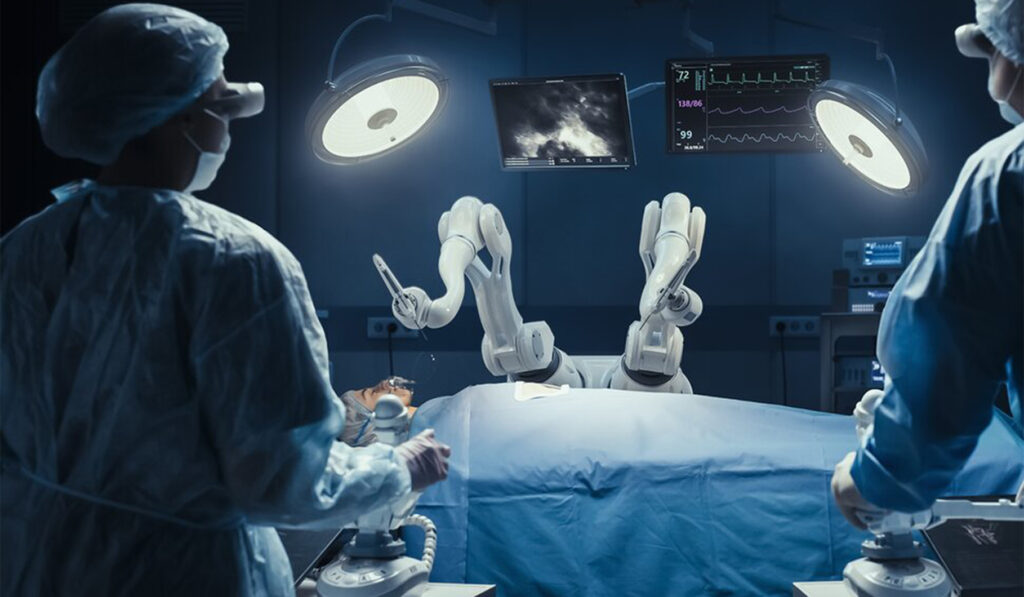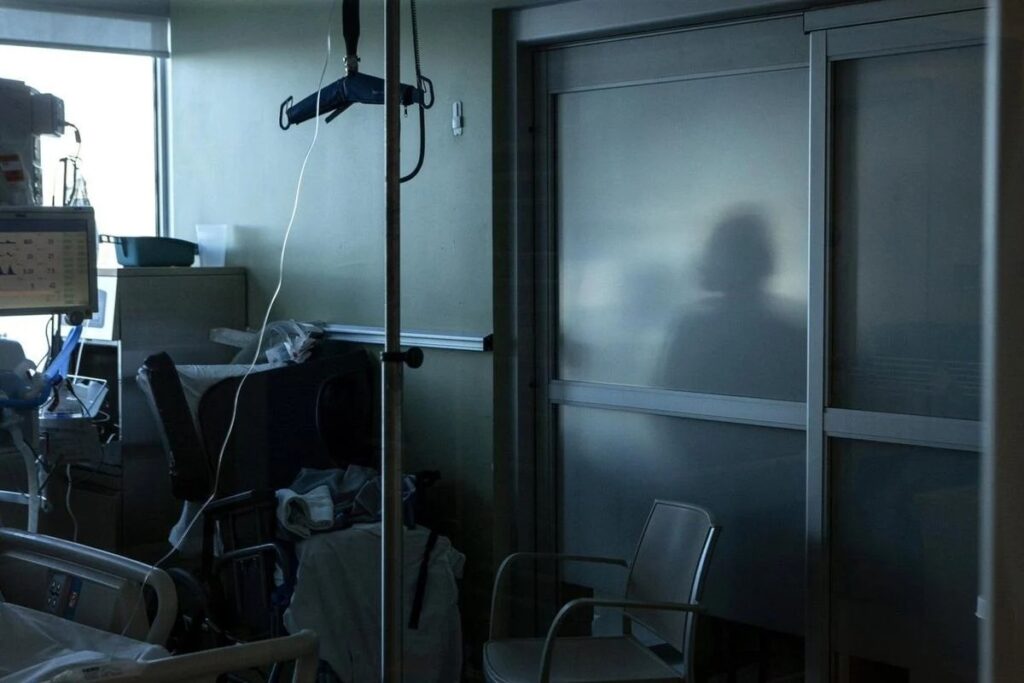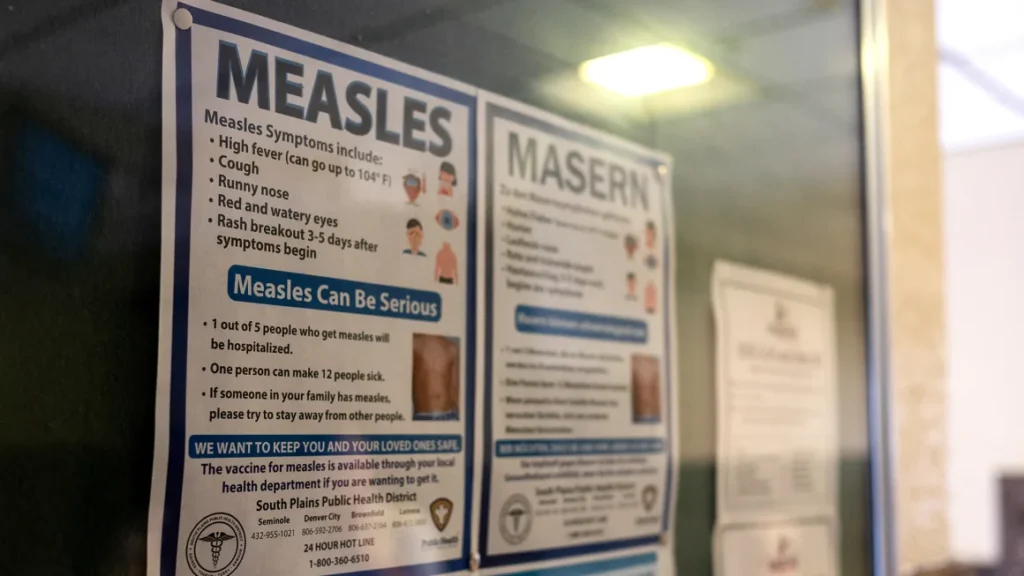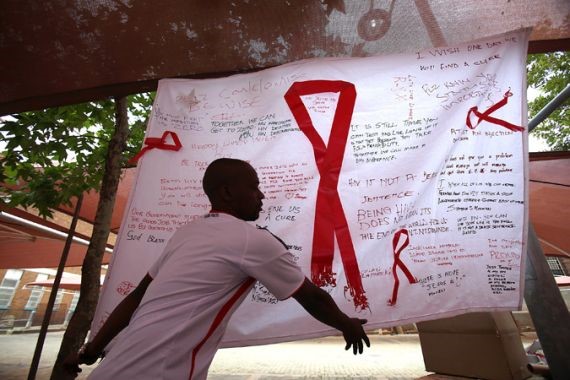
Healthcare stands on the edge of a technological renaissance. Hospitals, clinics, and labs worldwide are witnessing breakthroughs that promise to reshape patient care, relieve overburdened staff, and redefine medicine’s future.
One of the most tangible advancements is the rise of AI-powered nursing robots, like Taiwan’s Nurabot, deployed in major hospitals such as Taichung Veterans General Hospital. Built through a partnership of Foxconn, Kawasaki, and Nvidia, Nurabot handles tasks that exhaust nursing teams, delivering meds, ferrying samples, escorting visitors, overall reducing burnout and freeing nurses to focus on patient care. Taiwan even uses digital twin simulations to pilot these robotic systems before real-world deployment, ensuring both safety and efficiency.
Across the U.S., hospitals are integrating robots such as Moxi from Diligent Robotics. These logistics helpers manage mundane but essential jobs like restocking supplies and transporting medication, etc. so nurses aren’t stuck between wards and storage rooms.
In parallel, robotic surgery continues to evolve. The U.S.-based Zeta Surgical wields AI-guided computer vision to support neurosurgery and interventional radiology with sub-millimeter accuracy, all without rigid head straps. Meanwhile, the U.K.’s CMR Surgical is scaling its Versius system—modular, 3‑arm, 3D‑vision robotic suites—for keyhole procedures worldwide, stepping up to U.S. dominance of Intuitive Surgical’s platforms.
But precision goes beyond robots. Augmented reality surgery (ARAS) overlays real-time imaging onto the surgeon’s field, enhancing accuracy during complex operations. Surgeons report that ARAS improves orientation in tight spaces, helps trainees learn faster, and may even reduce errors in operating rooms.
On another front, wearables, remote patient monitoring, and edge AI are weaving healthcare into daily life. Smart devices now continuously track vitals like heart rate, blood pressure, glucose, stress levels, etc. with AI identifying anomalies early enough to avert emergencies. Hospitals harness edge computing and IoT networks to analyze the data in real time and flag red alerts before patients even reach the clinic.
Meanwhile, voice-based AI agents are stepping in to ease administrative burdens. Products like Infinitus’ AI assistant Eva manage insurance verification and other paperwork, replicating the work of hundreds of full-time staff and processing workflows at quadruple speeds. Simultaneously, companion bots like Everfriends are addressing loneliness in seniors and those with dementia by using emotion-sensing AI to offer empathetic conversation.
Genomics and digital therapeutics are also surging. AI-led predictive analytics now anticipate patient deterioration up to 48 hours in advance, enabling proactive interventions in sepsis, chronic diseases, and post-operative care. Digital therapeutics platforms are managing chronic illness, gamifying lifestyle changes, and delivering remote counseling on demand.
The future grows even more astonishing: needle-free drug delivery, brain-computer interfaces, quantum sensing, and even 3D bioprinting of organs are edging from science fiction into clinical trials.
Pharmaceutical diagnostics are being turbocharged too. Aidoc’s AI imaging platform, recently adopted by Mercy Health in 2025, accelerates detection of strokes and embolisms while infusing accuracy into radiology workflows.
These innovations aren’t just flashy headlines but they’re designed to combat real issues: severe nursing shortages, surgical error rates, hospital inefficiencies, and soaring clinical costs. While adoption barriers like regulatory clearance, infrastructure build-out, data security remain, investments and pilot programs are accelerating adoption across North America, Europe, and Asia.
When Ning, a nurse in Taiwan, watches Nurabot wheel supplies without losing a beat, she knows this isn’t fundamental change, it’s fundamental progress. When Dr. Patel in Mumbai uses AI-assisted imaging to catch early-stage lung embolisms, or when a stroke patient benefits from a drone-delivered AED, medical practice is tipping into a new era.
Healthcare is no longer just a human story, it’s a human-plus-machine story. And if hospitals, regulators, and patients embrace this synergy responsibly, the promise is unmistakable: safer surgeries, fewer missed diagnoses, and less burnouts.

Sana A. is a medical student, writer, and journalist with a strong passion for healthcare reporting and a deep commitment to covering current events across the United States. As a contributor to Los Angeles Headlines, she focuses specifically on medical news, health policy, and emerging trends in the healthcare industry.






